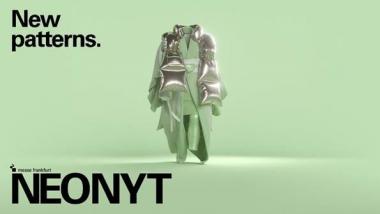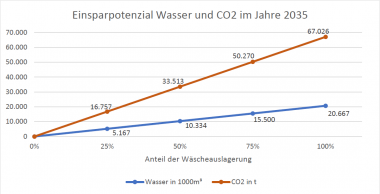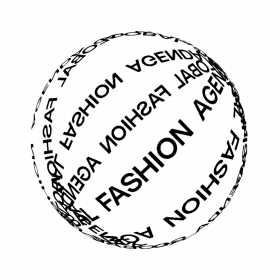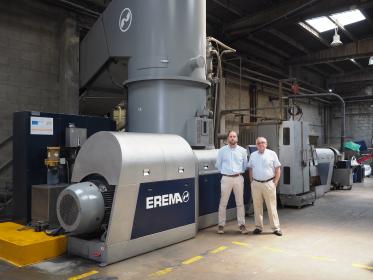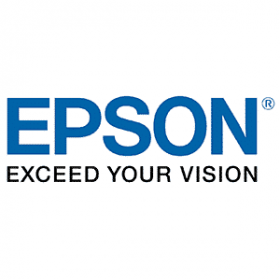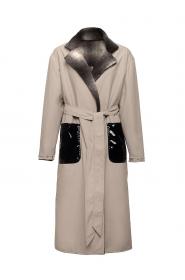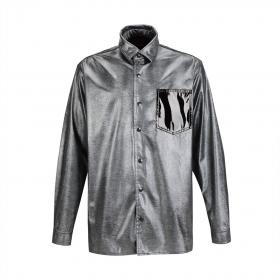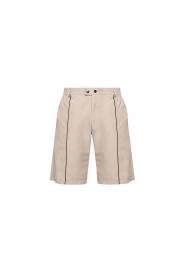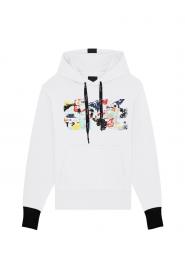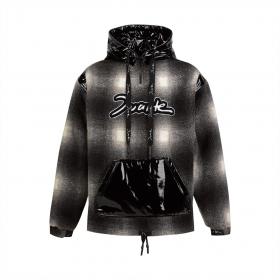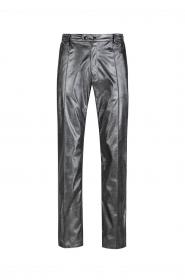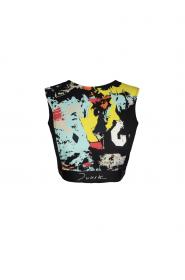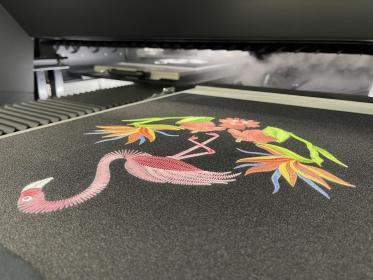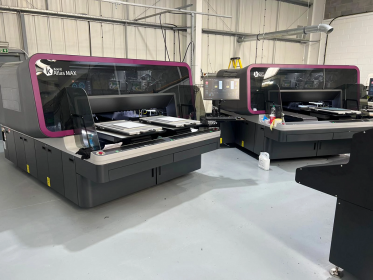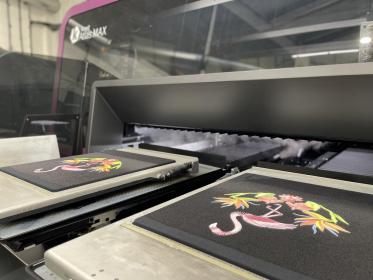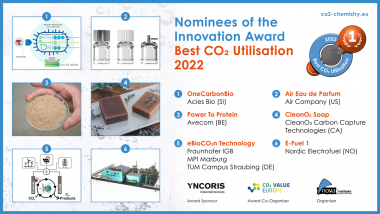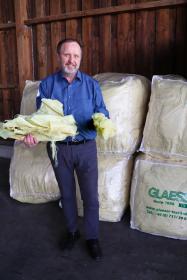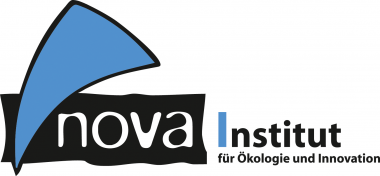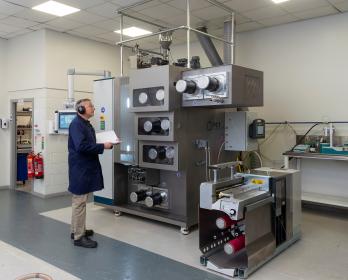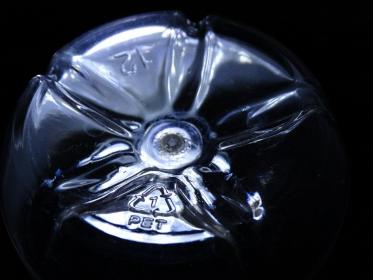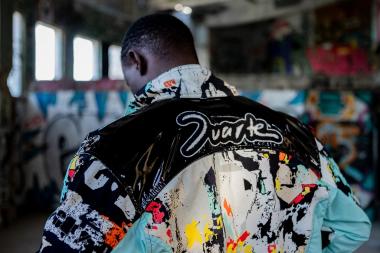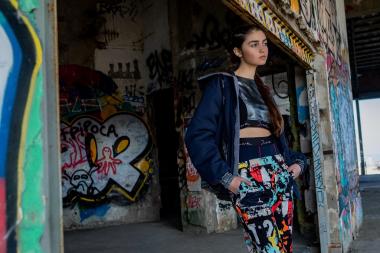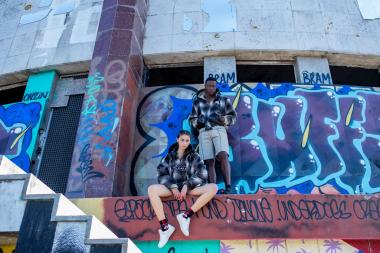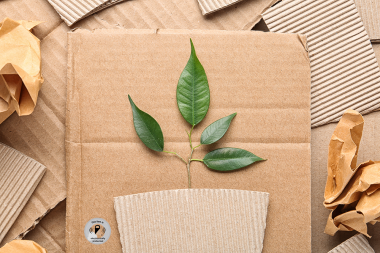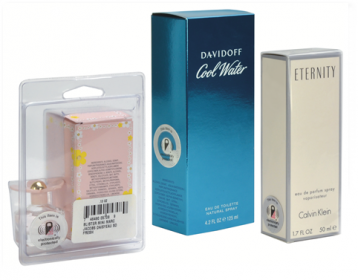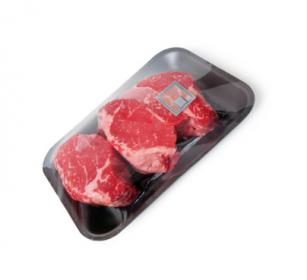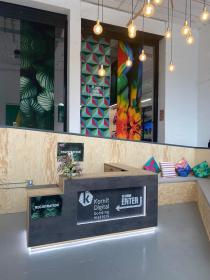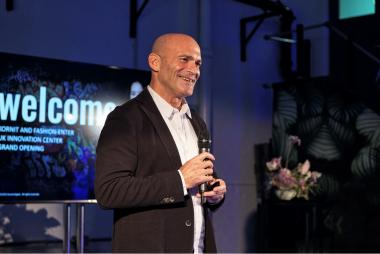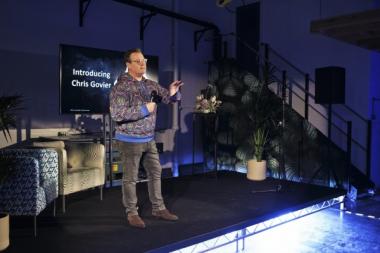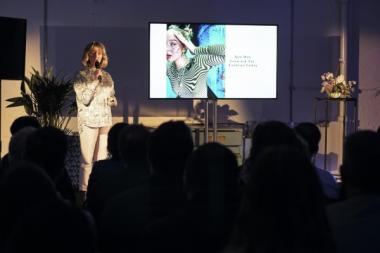Fraunhofer und Vereinigte Arabische Emirate unterzeichnen »Memorandum of Understanding«
In Anwesenheit des deutschen Bundesministers für Wirtschaft und Klimaschutz, Robert Habeck, unterzeichnete eine Delegation der Fraunhofer-Gesellschaft und des Ministeriums für Energie und Infrastruktur der Vereinigten Arabischen Emirate (MOEI) in Abu Dhabi ein »Memorandum of Understanding« (MoU).
Mit dieser Absichtserklärung bekräftigen beide Parteien ihre Pläne für eine Zusammenarbeit. Zum einen sollen dabei innovative Forschungs- und Entwicklungsprojekte vorangetrieben werden, unter anderem in den Bereichen integrierte Energiesysteme, nachhaltige Energien, grüne und blaue Wasserstofftechnologien und -infrastruktur, Wasserentsalzungs- und Aufbereitungstechnologien, nachhaltige Baustoffe sowie Dekarbonisierung des Verkehrs- und Gesundheitssektors, der Bioökonomie und der Lebensmittelketten. Zum anderen sollen potenzielle Forschungs- und Entwicklungsdienstleistungen, die Fraunhofer für die Einrichtung eines nachhaltigen MOEI-FuE- und Innovationszentrums in den Vereinigten Arabischen Emiraten erbringen könnte, geprüft werden.
An der Zusammenarbeit zwischen dem MOEI und Fraunhofer sind bislang vier Fraunhofer-Institute beteiligt: das Fraunhofer-Institut für Schicht- und Oberflächentechnik IST, das Fraunhofer-Institut für Silicatforschung ISC, das Fraunhofer-Institut für Solare Energiesysteme ISE und die Fraunhofer-Einrichtung für Energieinfrastrukturen und Geothermie IEG.
Fraunhofer-Forschung weltweit gefragt
Robert Habeck, Bundesminister für Wirtschaft und Klimaschutz, erklärte: »Ich begrüße die geplante Zusammenarbeit von Fraunhofer und dem Energieministerium der Vereinigten Arabischen Emirate. Fraunhofer ist einer der führenden Akteure der angewandten Energieforschung. Wir sehen hier große Potenziale, im Rahmen der emiratisch-deutschen Energiepartnerschaft die Zusammenarbeit zur Entwicklung von Energiestrategien, zum Aufbau von Reallaboren und generell im Bereich Wasserstoff auf eine nächste Stufe zu bringen. Ziel ist es, gemeinsam die Dekarbonisierung des Energiesektors zeitnah zu ermöglichen und damit einen Beitrag zum Erreichen des Pariser Klimaschutzabkommens zu leisten. Insbesondere bei Erzeugung, Speicherung, Transport von grünem Wasserstoff in den VAE und dem Import und der Anwendung in Deutschland gibt es einen großen Forschungsbedarf.«
»Die Abkehr von konventionellen Energieträgern ist eine Herausforderung, die einen weltweiten Kraftakt und die Zusammenarbeit auf überstaatlicher Ebene erfordert. Gerade internationale Forschungskooperationen sind hier gefragt, Synergien zu heben und neue nachhaltige Technologien zu entwickeln, die auf eine globale Energiewende einzahlen«, erläuterte Prof. Reimund Neugebauer, Präsident der Fraunhofer-Gesellschaft. »Die Unterzeichnung des MoU zwischen dem MOEI und der Fraunhofer-Gesellschaft ist ein wichtiger Schritt, künftigen Forschungs- und Entwicklungsprojekten zum beiderseitigen Nutzen den Weg zu bereiten. Unser Ziel ist der Aufbau eines Innovationsökosystems für ein gemeinsames nachhaltiges Wirtschaften, in dem Elemente der Energie- und Wasserstoffwirtschaft zusammenspielen – mit geschlossenen Stoff- und Materialkreisläufen im Sinne einer Circular Economy.«
Fraunhofer-Gesellschaft






